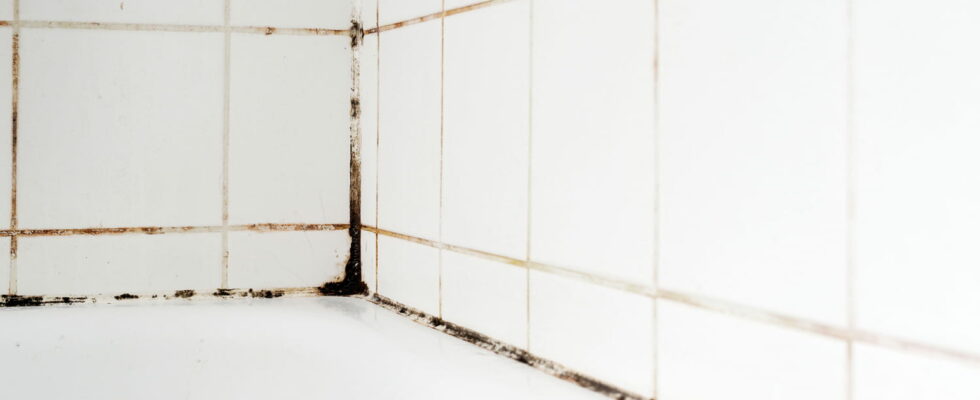Thanks to this product, you can say goodbye to the molds on the joints of the bathroom, without using expensive and harmful chemicals.
Mitating on the joints in the bathroom: almost no one escapes it! You clean your bathroom every week, and yet black traces appear? This is completely normal. Mold develops particularly in wet environments such as the bathroom or the kitchen. When water stagnates on the joints, it promotes the proliferation of microscopic fungi responsible for unsightly black spots. These traces, in addition to being little aesthetic, are a threat to health.
Unfortunately, eliminating mold on joints is not an easy task! Over time, these deposits are becoming more and more tenacious and difficult to eliminate if we do not take care of the joints regularly. If despite all the traditional methods you have tried, such as white vinegar or bleach, you have not obtained good results, we have a solution for you, approved by cleaning experts.

This method is really simple, and does not require any expensive or chemical or physical effort. You may already have everything you need at home to get rid of these embarrassing brown spots on your joints. All you need is a little water, baking soda and an old toothbrush.
Soda bicarbonate is recognized for its antifungal, deodoring and abrasive properties. It makes it possible to deeply clean without damaging surfaces and constitutes an ecological alternative to aggressive chemicals. In addition to being effective, it is very affordable and available in all supermarkets.
To prepare the cleaning dough, mix about 3 tablespoons of baking soda with a little water. The goal is to obtain a thick paste. Using a used toothbrush or a brush, generously apply the mixture to the blackened joints. Let stand for at least 15 to 30 minutes so that bicarbonate can disinclude mold.
Then rub vigorously with a brush to eliminate black traces. If necessary, add a little water to the brush to facilitate friction. Rinse abundantly with clear water and a sponge to remove bicarbonate residues. Dry the joints well with a clean cloth.
To avoid the return of mold, it is important to adopt good reflexes. Remember to ventilate the bathroom well after each shower or bath. Always wipe the joints after your shower with a dry towel to avoid stagnant water. Finally, clean your joints once a week with white vinegar.
